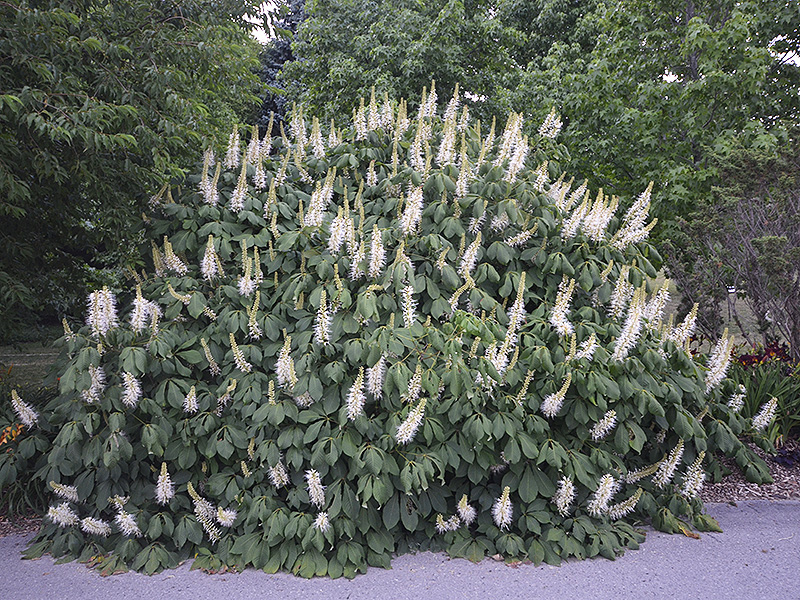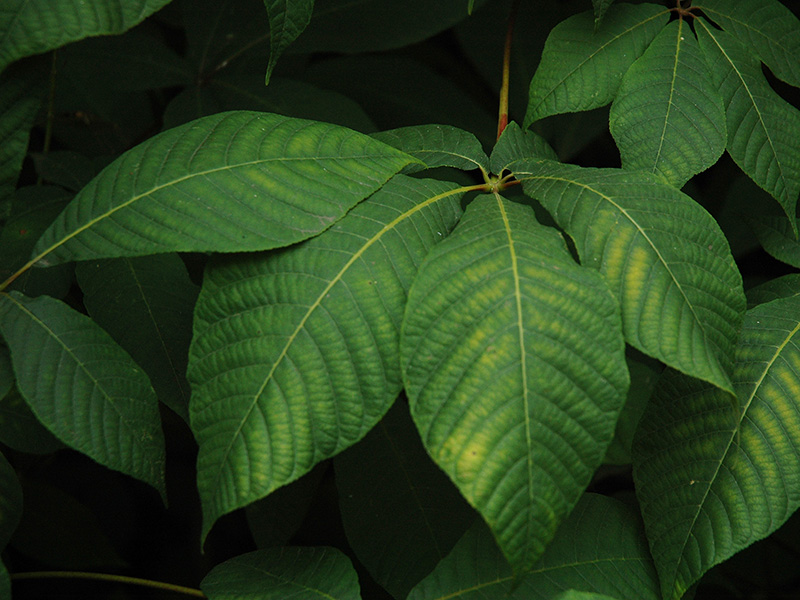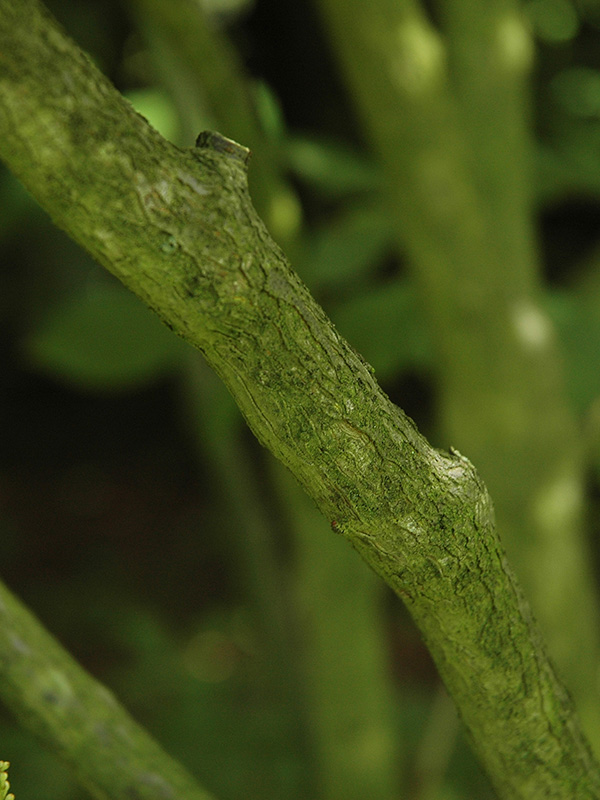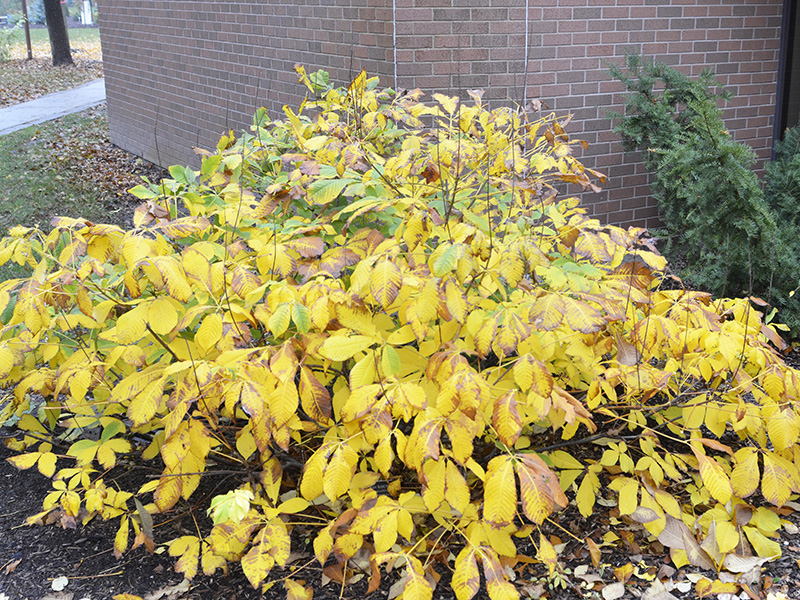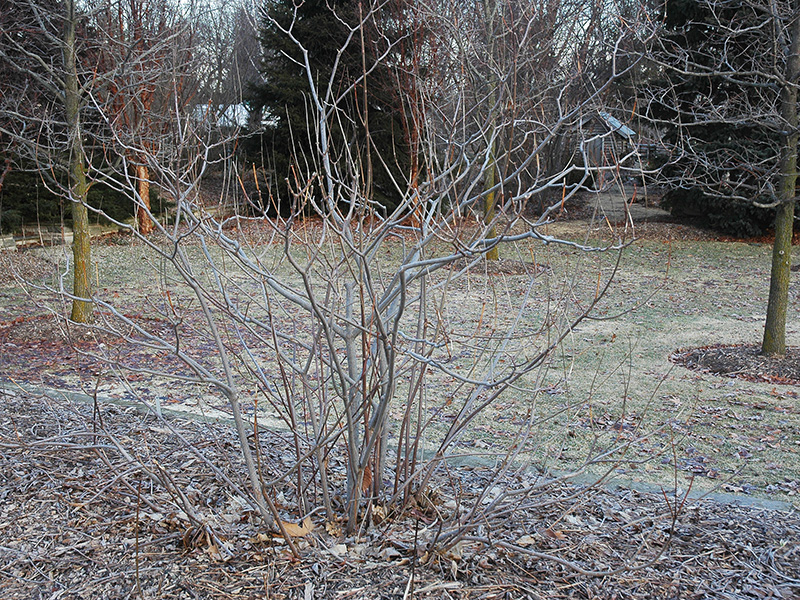
Woody > Aesculus > Aesculus parviflora > Aesculus parviflora
Aesculus parviflora
Bottlebrush Buckeye
Origin: South-Eastern United States.
Mike's
Opinion


"
An excellent often overlooked shrub for the larger landscape. Although it should not be planted in a prime position since when it is out of flower it is not very striking. That said I seldom see it where it could be used best; large institutional or commercial settings where it has room to achieve its full form. There are few landscape shrubs that are as worthy especially in July.
Michael Pascoe, NDP., ODH., CLT., MSc. (Plant Conservation)
"
| Family |
| Sapindaceae (Hippocastanaceae) |
| Genus |
| Aesculus |
| Species |
| parviflora |
| Category |
| Woody |
| Type |
| Shrub (deciduous) |
| Pronunciation |
| USDA Hardiness Zone |
| 4 - 8(9) |
| Canadian Hardiness Zone |
| 5 |
| RHS Hardiness Zone |
| H7 |
| Temperature (°C) |
| -29 - (-23) |
| Temperature (°F) |
| -20 - (-10) |
| Height |
| 3 m |
| Spread |
| 5 m |
Photographs
Description and Growing Information
Flowering Period
| General Description |
| A shrub that has many of the characteristics of the Aesculus clan, but is quite broad spreading. Covered in upright white panicles in July. |
| Cultivation |
| Given well drained, good garden soil the plant should thrive. It is best grown in full sun where its full form can be showcased, however it will tolerate partial shade. It can be pruned severely to rejuvenate it. |
| Shape |
| Broad spreading, often wider than tall. |
| Growth |
| Medium |
| ID Characteristic |
| This plant is easily identified by its broad spreading form in concert with the typical Aesculus leaves. |
| Pests |
| It does not seem to suffer from the dreaded leaf blotch that is the bane of many of the Aesculus. |
| Habitat |
| Woodlands and forest margins. |
| Bark/Stem Description |
| Smooth dark grey twigs. |
| Flower/Leaf Bud Description |
| Globose buds, small to 7 mm and often resinous, |
| Leaf Description |
| Large to 15 cm across, palmate, five lobed but can be up to seven, dark green above and glaborous below, |
| Flower Description |
| Large white panicles to 20 cm, held above the foliage in July. |
| Fruit Description |
| A small deformed pear shaped capsule, that appears somewhat pendulous when seen on the plant. Seed is uncommon on the plants I know. |
| Colour Description |
| In some years the autumn colour can be good, a pale yellow, but not reliably so. |
| Texture Description |
| A medium textured plant. |
| Notable Specimens |
| The University of Western Ontario, London, Ontario, Canada. The A. M. Cuddy Gardens, Strathroy, Ontario, Canada. |
| Propagation |
| The seed is recalcitrant and should be sown in a moist medium soil immediately upon collection. Root cuttings collected in the autumn and cut into 50 mm lengths and insert vertically into pots or flats bareley covering the top. Water and place in a cold frame until growth appears and then pot individually. |
